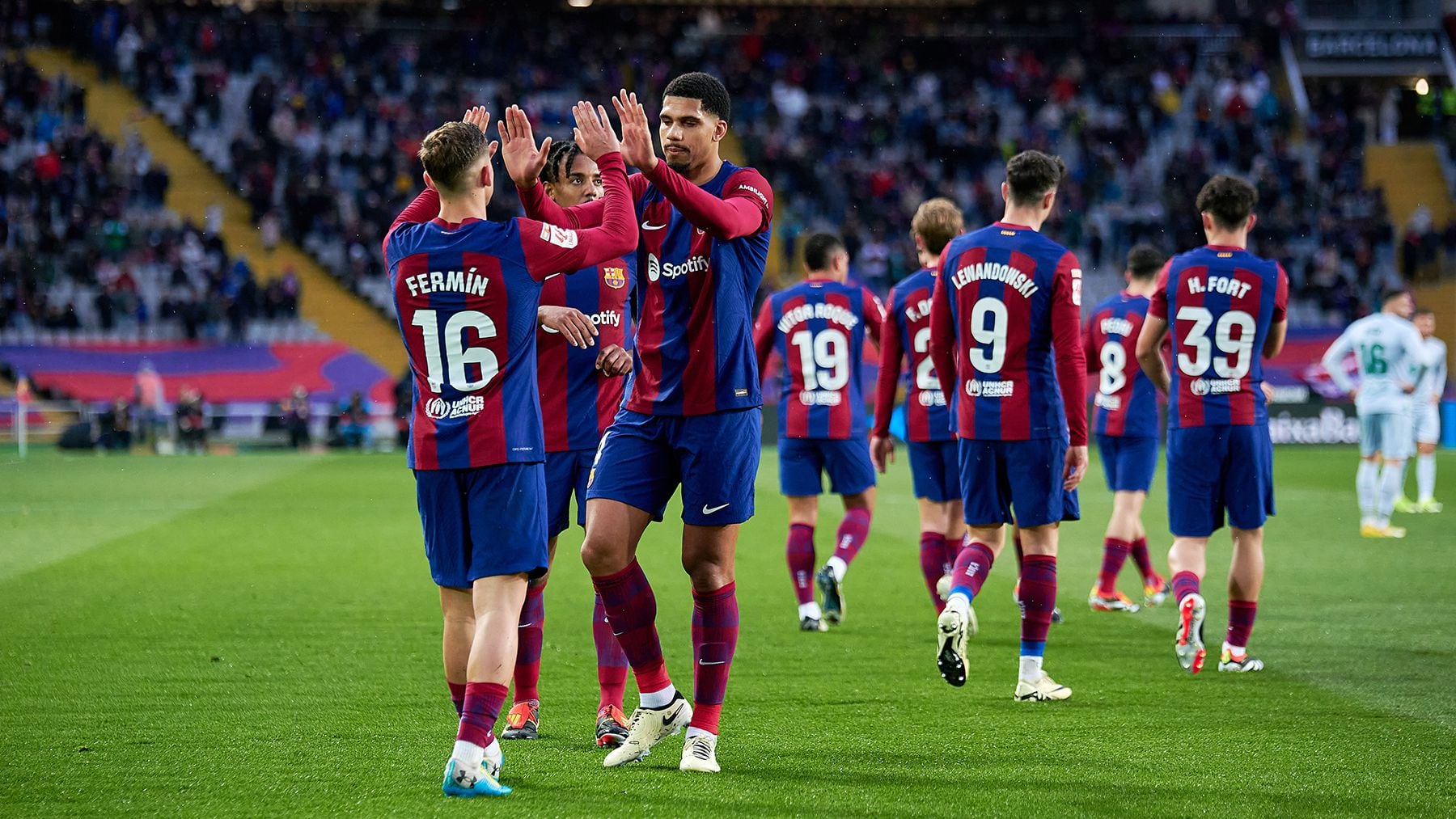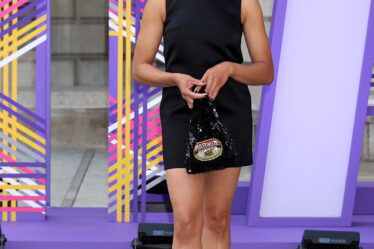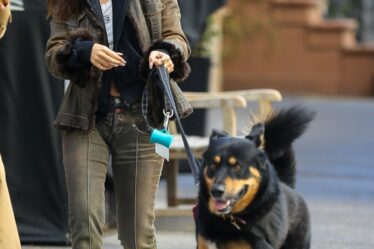
A major Nike contract to create uniforms for world-class professional athletes is in jeopardy. This time, it has nothing to do with see-through pants or cheap-looking jerseys.
FC Barcelona, the fourth-largest football team by revenue, has picked a public fight with the Beaverton, Oregon-based sportswear giant, which has made the club’s on-field kits and training gear for over 25 years. In an explosive interview with a local Catalonian radio station last month, team president Joan Laporta blasted the current contract, which generates around €105 million ($114 million) per season for the club and runs through 2028.
“We have some concerns and a situation that is not what we wanted … the operation has been deteriorating, we think they have breached the contract,” Laporta said, adding that the current market rate would see the club receive “double” the revenue it does under its Nike deal.
The dispute is the latest, and potentially most consequential, in a series of blows to Nike’s work in professional sports, where the brand has played a dominant role for decades. In February, Major League Baseball players criticised the Nike Vapour Premier — the new on-field jersey for the 2024 season — for its poor fit, inconsistent quality and bizarre design features. Athletes and fans also mocked the accompanying pants, whose see-through fabric left little to the imagination. A month earlier, NBA athlete Devin Booker publicly criticised the quality of his recently launched signature basketball shoe, the Nike Book 1. Nike also came under fire on the eve of the Women’s World Cup in July for refusing to sell replica jerseys for England goalkeeper Mary Earps, as it did for her men’s national team counterpart.
That one of professional sports’ longest-running and most lucrative kit production deals appears to be in jeopardy adds to the list of wider business challenges Nike is grappling with right now, ranging from flat sales to muddled marketing and a cooling market for limited-edition sneakers.
But it’s what Laporta said later in the interview that sent shockwaves through the sportswear industry well beyond Nike: He indicated that the team is considering taking its retail operations in-house. That would give Barcelona total control over not only what its players wear on the field, but also the massive, and hugely profitable business of selling replica uniforms to fans. Rather than receiving royalties from Nike, Barca would reap the lion’s share of profits on each jersey. Replicas cost about $11 to produce, according to sportswear and retail industry veteran Joe Middleton, and retail for up to 10 times that amount on Barcelona’s e-commerce site.
Media reports suggest Barcelona’s go-it-alone talk may be just that, as the club is rumoured to also be weighing a more conventional licensing offer from Nike rival Puma. However, if it were to press ahead, it would be one of the first sports teams of its scale to make its own kit, and would instantly transform how the world of sports merchandising works.
“This is where the big clubs will realise their real brand value,” said Andy Duggan, general manager of Saudi Pro League football team Al-Nassr, in a LinkedIn post. “The whole sporting clothing market is about to shift, especially when clubs will start to say ‘we will build our own infrastructure and supply chains because we own the customer (fan) relationship.’”
How do kit production deals work between major sports teams and brands?
Barcelona aside, the trend is towards closer relationships between sportswear brands, teams and athletes.
For brands, jersey sales are just the start. When they partner with a team or league, their logos are seen by millions of fans in stadiums, on television and on kits worn by players on the field and fans in the streets.
In football, Nike, Adidas and Puma are constantly jostling to sign up elite teams in each major league. Brands guarantee a substantial fixed fee to a team over the term of the deal, along with additional royalty payments of around 15 percent on each sale — which enables them to make and sell the team’s branded jerseys and merchandise.
The value of such relationships is soaring: in August, Adidas agreed to pay Manchester United £900 million ($1.1 billion) over the next 10 years. Last week, Red Bull Racing signed a contract extension with British sportswear brand Castore which will see the reigning F1 champions receive over $200 million, the highest-value team apparel licensing deal in motorsport history.
The brands also invest in their teams’ success. Nike subsided the wages offered to Nike athlete Frenkie de Jong when he signed for Barcelona in 2019, ultimately convincing him to choose the club over French rival Paris Saint-Germain. Last year, Adidas helped Inter Miami CF, an Adidas-sponsored team that plays in the Adidas-sponsored MLS, secure the transfer of Adidas athlete Lionel Messi by agreeing to pay him a share of the profits from his jersey sales, an unprecedented move in an athlete transfer.
Sportswear brands also help teams gain traction in the fashion industry beyond jerseys. In October, Nike facilitated a tie-up between Dutch streetwear giant Patta (a long-time Nike collaborator) and Barcelona, producing a collection that included co-branded Air Max Tn sneakers. Nike has also assisted Paris Saint-Germain with its push into streetwear, making it the first football team to be sponsored by its Jordan Brand and releasing co-branded collaborations. Adidas has built fashion collections through its sub-label Y-3 with Real Madrid, and Puma has facilitated collaborations for Italian team AC Milan with brands such as Pleasures.
But there are some drawbacks.
Sports industry insiders often complain of protracted lead times: It can take between nine months to a year for new kit designs to be approved, produced and delivered by a brand. Also, because brands work with hundreds of teams around the world, they often provide jerseys based on a set template, with limited scope for customisation beyond a team’s logo, colours and sponsors.
What is the Barcleona-Nike dispute really about?
In a word: money.
Major sports teams are now global brands in their own right. Their increased spending power and cultural relevance grants greater leverage when renegotiating deals with sportswear brand partners, which desperately covet associations with the world’s top athletes, teams and leagues.
Barcelona signed its last contract extension with Nike in 2016. It feels it can get at least twice as much cash in a kit deal from another sportswear brand, or by taking production in house. Forbes reported that Puma is ready to offer Barcelona a historic deal that would see the Spanish team paid €216 million per season, while New Balance also expressed interest in a deal.
Barcelona remains contracted to Nike through 2028 and it’s unclear whether they will be able to break their contract early, though Laporta’s warring words may indicate the relationship is beyond repair. Barcelona didn’t respond to The Business of Fashion’s requests for comment. Nike declined to comment.
Can Barcelona really produce its own kit?
If Laporta’s bombshell interview is anything to go by, it appears that Barcelona believes it can make its own way in the world of sportswear retailing.
“If you see what a shirt costs to make and the [retail] price it is sold at… We already [know how to] make our own apparel,” he said.
But taking its kit production in-house will not be a simple exercise.
In the early 2000s, German football team Borussia Dortmund tried to boost revenues by taking its kit design in-house but abandoned the strategy eight years later due to issues with design and commercial viability.
“It’s a risky move when you consider how much money major teams make from traditional kit deals with sportswear brands, plus all the marketing and distribution support that comes with those arrangements,” said Clive Wilson, sports lead at PwC UK. “As a sports organisation, are you built to be a retail business?”
But compared to the handful of smaller teams who have tried and failed in the past, Barcelona has deep pockets, with the necessary capital to invest in scaling its Barca Licensing and Merchandising operations, hiring design staff and establishing direct relationships with third-party retailers to effectively create and distribute millions of units of its own merchandise.
If you’re selling direct, you’re doubling your profit.
The club also knows it has a captive audience, from die-hard football fans to fashion consumers who incorporate the team’s iconic red and blue jersey into their daily outfits. Its main Instagram account alone has over 125 million followers. In 2023, Barcelona generated a total of €179 million ($217 million) in merchandise revenue (a combination of earnings from its Nike deal and sales of clothing produced by the club itself), the highest of any team in the world, according to a report by European football governing body UEFA.
If executed well, the direct-to-consumer model could revolutionise the way teams approach their retail businesses. For Europe’s largest sports teams, jersey and merchandise sales represent a major untapped opportunity, making up just 10 percent of their overall revenues.
“This direct model could be a game-changer for professional sports teams,” said Middleton. “If you’re selling direct, you’re doubling your profit.”



![Sofía Vergara and Heidi Klum are seen arriving at 'Americas got talent' Taping. 26 Mar 2023 Pictured: Sofía Vergara and Heidi Klum are seen arriving at 'Americas got talent' Taping. Photo credit: Thecelebrityfinder/MEGA TheMegaAgency.com +1 888 505 6342 (Mega Agency TagID: MEGA961871_015.jpg) [Photo via Mega Agency]](https://fashnfly.com/wp-content/uploads/2023/03/Heidi-Klum-Goes-Colorful-in-Whimsical-Pants-Denim-Pumps-374x249.jpg)